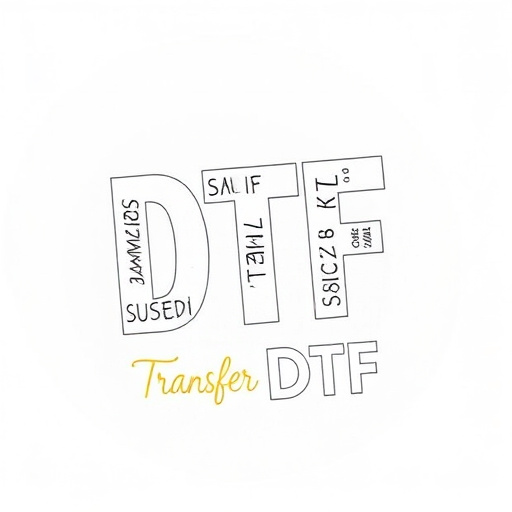Throttle input reduction tech, powered by smart electronics, optimizes airflow and fuel-air mixture, resulting in up to 10% MPG gains. Cold air intake (CAI) systems draw in cooler, denser air for improved combustion, enhancing power output while reducing fuel consumption. CAIs also lower acceleration energy demands, leading to substantial fuel savings, especially in urban driving conditions, contributing to reduced greenhouse gas emissions and a smaller carbon footprint.
In today’s quest for enhanced fuel efficiency, throttle input reduction stands out as a game-changer. This technology optimizes engine performance by minimizing unnecessary throttle adjustments, resulting in significant benefits like increased miles per gallon (MPG gains) and reduced fuel consumption. Coupled with Cold Air Intake (CAI) integration, these savings are maximized through improved air intake and efficient combustion. Discover how implementing these strategies can revolutionize your vehicle’s performance and contribute to both environmental conservation and cost savings.
- Understanding Throttle Input Reduction and Its Mechanism
- The Impact on Fuel Efficiency: MPG Gains and Beyond
- Cold Air Intake Integration: Maximizing Fuel Savings
Understanding Throttle Input Reduction and Its Mechanism

Throttle input reduction is a technology that optimizes engine performance by minimizing the amount of air entering the combustion chamber. This process involves refining the airflow management system, often incorporating components like cold air intakes and advanced throttle bodies. By carefully controlling the intake of air, the engine can operate more efficiently, leading to significant fuel-saving benefits.
The mechanism behind this innovation is quite straightforward. A traditional throttle controls the flow of air into the engine by opening or closing its valve. However, these throttles often introduce backpressure and reduce engine efficiency, especially under light load conditions. In contrast, modern throttle input reduction systems employ smart electronics to precisely regulate airflow, ensuring that only the necessary amount of cold, dense air from the intake is delivered to the engine. This results in improved fuel economy, with potential MPG gains of up to 10%, making it a popular choice for those seeking more miles per gallon without compromising performance.
The Impact on Fuel Efficiency: MPG Gains and Beyond

Throttle input reduction significantly enhances a vehicle’s fuel efficiency, leading to notable MPG gains. By optimizing airflow and minimizing throttle openings, cold air intake systems play a crucial role in this process. They draw in cooler, denser air, which is more rich in fuel, allowing for improved combustion. This results in enhanced power output while also reducing unnecessary fuel consumption. Beyond the direct MPG gains, these improvements contribute to a smoother driving experience and lower emissions, making them a popular choice among eco-conscious drivers.
Moreover, the fuel-saving benefits extend beyond the engine’s efficiency. By reducing throttle input, vehicles tend to require less energy for acceleration, leading to lower overall fuel consumption, especially during stop-and-go city driving. This not only translates to significant savings at the pump but also has a positive environmental impact by reducing greenhouse gas emissions and contributing to a greener future.
Cold Air Intake Integration: Maximizing Fuel Savings

Cold Air Intake Integration is a strategic modification that can significantly boost your vehicle’s performance and fuel efficiency. By replacing the stock air intake system with a cold air intake (CAI), you’re essentially providing a direct path for cooler, denser air to enter the engine. This simple upgrade maximizes fuel savings by improving combustion; the cooler air allows for better air-fuel mixture, resulting in increased horsepower and torque while also enhancing overall MPG gains.
The benefits of CAI integration extend beyond the engine compartment, as it can lead to substantial real-world improvements. Better airflow means more efficient engine operation, which translates to reduced fuel consumption during everyday driving. This is especially beneficial for those seeking to maximize their vehicle’s range or reduce their carbon footprint.
Throttle input reduction techniques, such as integrating a cold air intake system, offer substantial fuel savings by enhancing engine performance. By optimizing air flow and minimizing throttle restrictions, vehicles can achieve improved miles per gallon (MPG) gains, contributing to both cost savings and environmental benefits. Cold air intakes specifically maximize these advantages, making them a popular choice for those seeking efficient and sustainable driving experiences.














